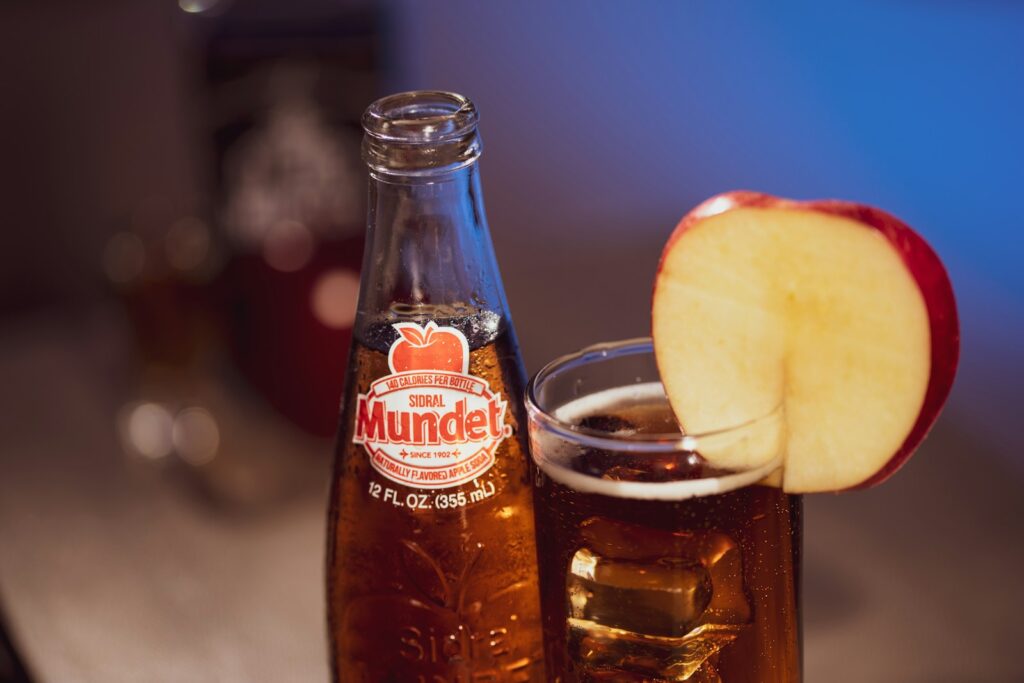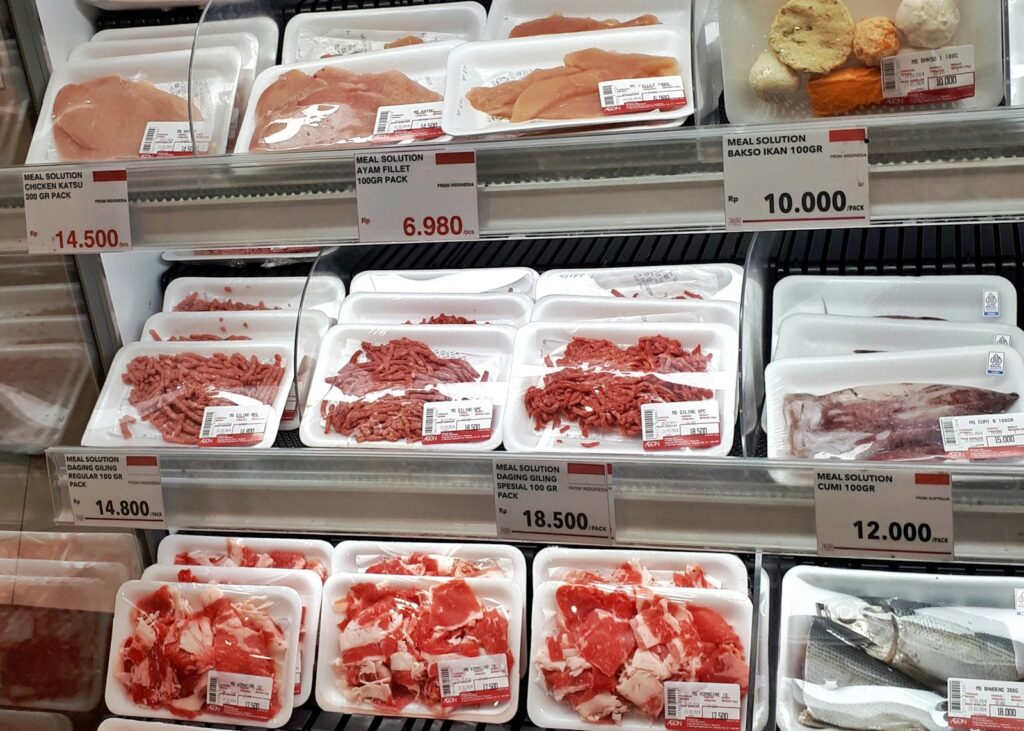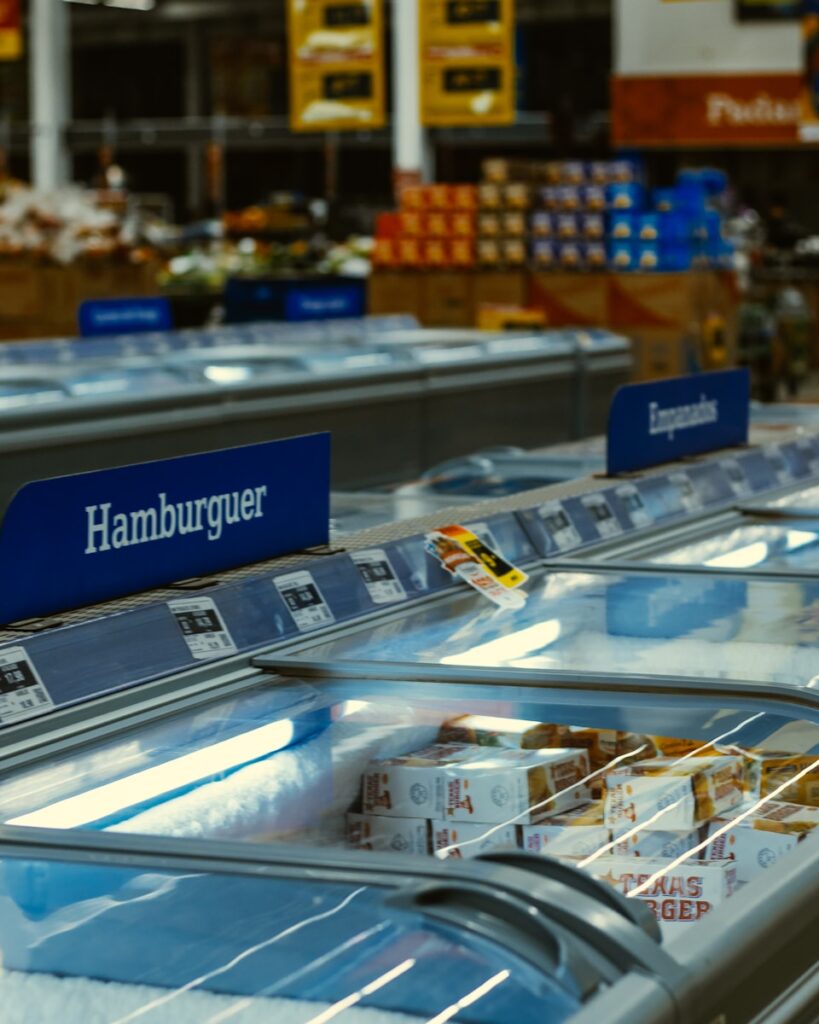Grocery store shelves in the United States are changing rapidly. Many familiar products are becoming harder to find while new alternatives gain popularity. Shifts in consumer habits, supply chain adjustments, and a stronger focus on healthier and environmentally friendly options are reshaping what shoppers see. Studies show that more than half of consumers consider sustainability important in their daily lives, and a large portion prioritise healthier products. For shoppers, this means that some beloved staples may be replaced by innovative options without much warning. Understanding which items are on the decline and why can help consumers adapt, explore new products, and make thoughtful choices while navigating an evolving grocery experience.
1. Classic Soft Drinks

Traditional sodas and sugar-sweetened carbonated beverages are steadily losing shelf space in the U.S. market as consumers become more health-conscious. Sales of regular soda have dropped significantly in recent years. Beverage innovation is trending toward lower-sugar, functional, and sparkling water options. What is taking their place includes flavored seltzers, probiotic drinks, sparkling waters infused with vitamins or botanicals, and other functional beverage forms. Those alternatives align more closely with wellness and hydration goals rather than indulgence alone. Consumers are increasingly choosing beverages that support better nutrition and reduce sugar intake.
2. Traditional Breakfast Cereals

The boxed cereal aisle is under pressure as consumer breakfast habits evolve. U.S. cereal sales volumes have been in decline for decades, with younger shoppers less inclined to choose the traditional cereal and milk option. These shifts reflect growing preference for portable, protein-rich, or minimal-ingredient breakfast alternatives. Breakfast bars, instant oats, plant-based cereals, and other formats are stepping into the space left behind. The change signals that morning routines and nutritional expectations are being redefined. Consumers now value convenience, fiber, protein, and whole grains when selecting breakfast items.
3. Packaged Meat Products

Processed and packaged meats face declining demand as plant-based and alternative-protein options gain visibility. Traditional deli meats and bacon remain available but are increasingly complemented or replaced on some shelves by meats made from soy, pea protein, or other plant-derived ingredients. The motivation is both health and environmental: lower saturated fat, fewer additives, and reduced ecological footprint. Plant-based proteins are becoming more normalized in grocery stores, offering new flavors and textures. Consumers are exploring these alternatives to align with wellness goals and support more sustainable food choices.
4. Single-Use Plastic Packaging

The shift away from single-use plastics is evident in many U.S. grocery stores. States are increasingly limiting single-use plastic bags and packaging. Grocers are replacing many plastic-wrapped formats with compostable, reusable, paper, or bulk-bin alternatives. These changes affect not only checkout bags but also produce packaging, bulk containers, and disposable food-service ware. The new landscape emphasizes less waste, reusable containers, and more sustainable packaging choices. Shoppers are encouraged to bring their own bags or containers to reduce environmental impact. The trend reflects growing eco-conscious habits and a shift toward sustainability.
5. Traditional Snack Foods

Classic high-salt and high-sugar snack foods are losing prominence as healthier snack alternatives rise. Consumers are showing stronger interest in snacks enriched with protein, fiber, plant-based ingredients, or global flavor profiles. Snack companies are responding with baked chips, legume-based snacks, protein bars, and snacks that emphasize lower sugar or cleaner labels. While traditional snacks have not vanished entirely, they are being outpaced in innovation and shelf space growth by newer formats. Modern snacks aim to balance taste with nutrition and cater to adventurous and health-conscious consumers.
6. Standard Dairy Products

Traditional dairy, such as full-fat cow’s milk and butter, remains staples but is sharing space with plant-based alternatives and lactose-free dairy formats. Products such as oat milk, almond milk, vegan spreads, and specialty plant-based cheeses are now common in many grocery aisles. Dairy-industry players are also innovating with high-protein milks or gut-health-focused products. These alternatives cater to dietary restrictions, lifestyle choices, and sustainability concerns. Shoppers now have the opportunity to explore new flavors while maintaining the role of dairy in cooking and baking.
7. Sugary Condiments and Sauces

Consumers are moving away from condiments high in sugar or artificial preservatives toward cleaner-label, reduced-sugar, or plant-based versions. Grocery shelves increasingly offer artisan sauces, organic spreads, and international condiments aligned with wellness and global flavors. These newer items position themselves as premium or health-oriented alternatives while traditional ketchup or mayonnaise remain available. Traditional favorites have declined in prominence. This evolution allows shoppers to explore new tastes and align their purchases with personal health goals while still enjoying familiar flavors.
8. Frozen Convenience Meals

Frozen meals high in sodium and artificial ingredients are being replaced by healthier alternatives as consumers prioritize nutrition even in convenience foods. Plant-based frozen entrees, meals with added vegetables, and lower-calorie options are gaining traction. These products now occupy more shelf space than traditional frozen meals. Manufacturers are innovating to provide balanced, flavorful choices that meet busy lifestyles and dietary needs. Shoppers can prepare quick meals that are both satisfying and nutritious. This trend highlights a growing preference for convenience without sacrificing health and shows how frozen food aisles are evolving.
Comments